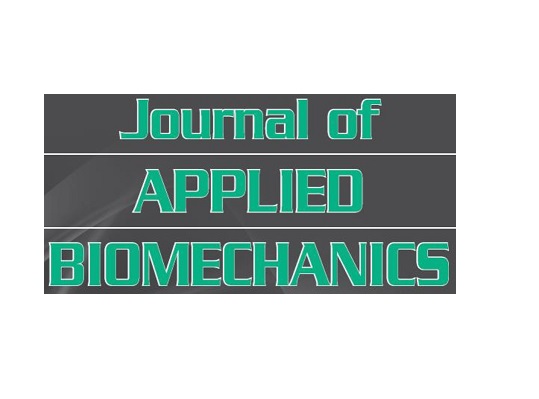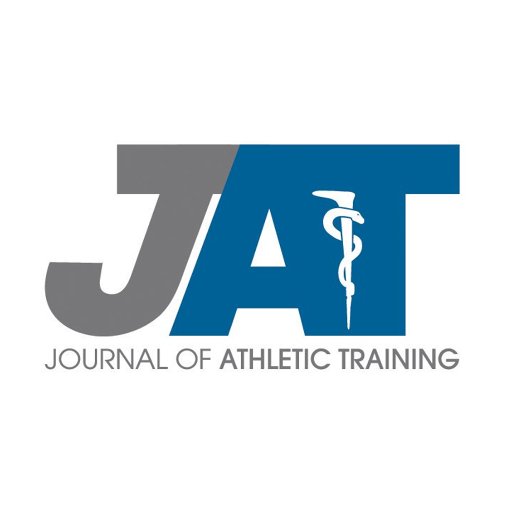Paper Accepted (April 2020)
Older adults overcome reduced triceps surae structural stiffness to preserve ankle joint quasi-stiffness during walking.
Krupenevich RL, Clark WH, Sawicki GS, Franz JR.

Abstract. Ankle joint quasi-stiffness is an aggregate measure of the interaction between triceps surae muscle stiffness and Achilles tendon stiffness. This interaction may be altered due to age-related changes in the structural properties and functional behavior of the Achilles tendon and triceps surae muscles. We hypothesized that, due to a more compliant Achilles’ tendon, older adults would exhibit lower ankle joint quasi-stiffness than young adults, during walking and during isolated contractions at matched triceps surae muscle activations. We also hypothesized that, independent of age, triceps surae muscle stiffness and ankle joint quasi-stiffness would increase with triceps surae muscle activation. We used conventional gait analysis in one experiment and, in another, electromyographic biofeedback and in vivo ultrasound imaging applied during isolated contractions. We found no difference in ankle joint quasi-stiffness between young and older adults during walking. Conversely, we found that: (i) young and older adults modulated ankle joint quasi-stiffness via activation-dependent changes in triceps surae muscle length-tension behavior, and (ii) at matched activation, older adults exhibited lower ankle joint quasi-stiffness than young adults. Despite age-related reductions during isolated contractions, ankle joint quasi-stiffness was maintained in older adults during walking – which may be governed via activation-mediated increases in muscle stiffness.

 Can optical flow perturbations detect walking balance impairment in people with multiple sclerosis?
Can optical flow perturbations detect walking balance impairment in people with multiple sclerosis? Effects of age and target location on reaction time and accuracy of lateral precision stepping during walking
Effects of age and target location on reaction time and accuracy of lateral precision stepping during walking The Applied Biomechanics Laboratory, in collaboration with the UNC Division of Physical Therapy and the Department of Chemical and Biomedical Engineering at West Virginia University, has been awarded a pilot research grant from the NIH-funded North Carolina Translational and Clinical Sciences Institute for our project titled “The peripheral motor repertoire as a neuromuscular constraint on walking balance integrity in age-related falls risk”. The scientific premise of the project is that all individuals rely on a principal number of peripheral neuromuscular commands – a “peripheral motor repertoire” – to accomplish everyday walking tasks during which falls may occur. Our overall objective is to test the hypothesis that a reduced peripheral motor repertoire used for everyday walking tasks represents a neuromuscular constraint on older adults’ ability to successfully respond to walking balance perturbations and prevent falls in the community. Our long-term goal is to introduce a novel neuromuscular mechanism for age-associated balance impairment as a target for diagnostic testing and rehabilitation to prevent falls in older adults.
The Applied Biomechanics Laboratory, in collaboration with the UNC Division of Physical Therapy and the Department of Chemical and Biomedical Engineering at West Virginia University, has been awarded a pilot research grant from the NIH-funded North Carolina Translational and Clinical Sciences Institute for our project titled “The peripheral motor repertoire as a neuromuscular constraint on walking balance integrity in age-related falls risk”. The scientific premise of the project is that all individuals rely on a principal number of peripheral neuromuscular commands – a “peripheral motor repertoire” – to accomplish everyday walking tasks during which falls may occur. Our overall objective is to test the hypothesis that a reduced peripheral motor repertoire used for everyday walking tasks represents a neuromuscular constraint on older adults’ ability to successfully respond to walking balance perturbations and prevent falls in the community. Our long-term goal is to introduce a novel neuromuscular mechanism for age-associated balance impairment as a target for diagnostic testing and rehabilitation to prevent falls in older adults.

 Can shank acceleration provide a clinically feasible surrogate for individual limb propulsion during walking?
Can shank acceleration provide a clinically feasible surrogate for individual limb propulsion during walking? How age and surface inclination affect joint moment strategies to accelerate and decelerate individual leg joints during walking.
How age and surface inclination affect joint moment strategies to accelerate and decelerate individual leg joints during walking. Visuomotor error augmentation affects mediolateral head and trunk stabilization during walking
Visuomotor error augmentation affects mediolateral head and trunk stabilization during walking